Al Green
Al Green

Albert Leornes Greene, born on April 13, 1946, and known professionally as Al Green, is an American singer, songwriter, pastor, and record producer. He is best known for recording a series of soul hit singles in the early 1970s, including songs like "Take Me to the River," "Tired of Being Alone," "I'm Still in Love with You," "Love and Happiness," and his signature song, "Let's Stay Together."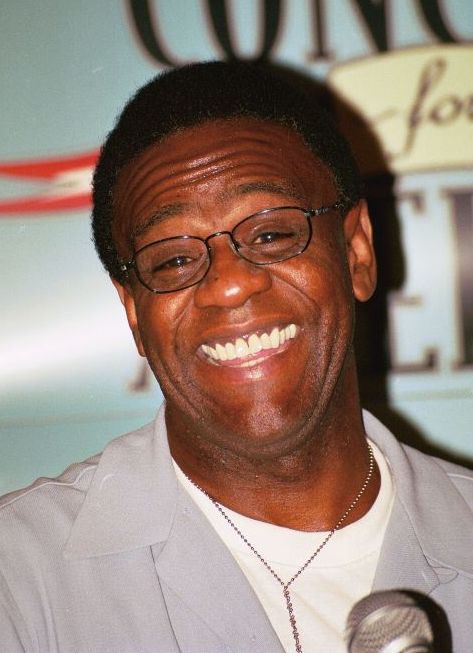
After experiencing a personal tragedy where his girlfriend died by suicide, Green underwent a significant life change. He became an ordained pastor and shifted his focus to gospel music. Despite his venture into gospel, Al Green eventually returned to secular music, continuing his successful career in the music industry.
Al Green's contributions to music have been widely recognized, and he received several prestigious accolades throughout his career. Here are some highlights:
- Inducted into the Rock and Roll Hall of Fame in 1995, recognized as "one of the most gifted purveyors of soul music."
- Often referred to as "The Last of the Great Soul Singers."
- Winner of 11 Grammy Awards, including the Grammy Lifetime Achievement Award.
- Recipient of the BMI Icon award.
- Honored with the Kennedy Center Honors.
- Ranked at No. 65 on Rolling Stone's list of the 100 Greatest Artists of All Time.
- Ranked at No. 10 on Rolling Stone's list of the 200 Greatest Singers of All Time.
These honors reflect the profound impact Al Green has had on the music industry and his enduring legacy in soul music.
Albert Leornes Greene, born on April 13, 1946, in Forrest City, Arkansas, was the sixth of ten children born to Cora Lee and sharecropper Robert G. Greene, Jr. In his youth, around the age of ten, Al began performing with his sister in a group called the Greene Brothers. The Greene family later moved to Grand Rapids, Michigan, during the late 1950s.
While still a teenager, Al faced challenges within his family. His devoutly religious father expelled him from the family home after discovering him listening to Jackie Wilson. Subsequently, Al lived with a prostitute, engaged in hustling, and became involved with recreational drugs. These experiences during his formative years influenced his life and musical journey.
In high school, Al formed a vocal group known as Al Greene & the Creations. Two members of the group, Curtis Rodgers and Palmer James, established an independent label called Hot Line Music Journal. Under the name Al Greene & the Soul Mates, they recorded the song "Back Up Train" in 1968 and released it on Hot Line Music. The song became a hit on the R&B charts, peaking at No. 46 in the Cashbox Top 100. However, subsequent follow-up songs and their debut album "Back Up Train" did not achieve the same success.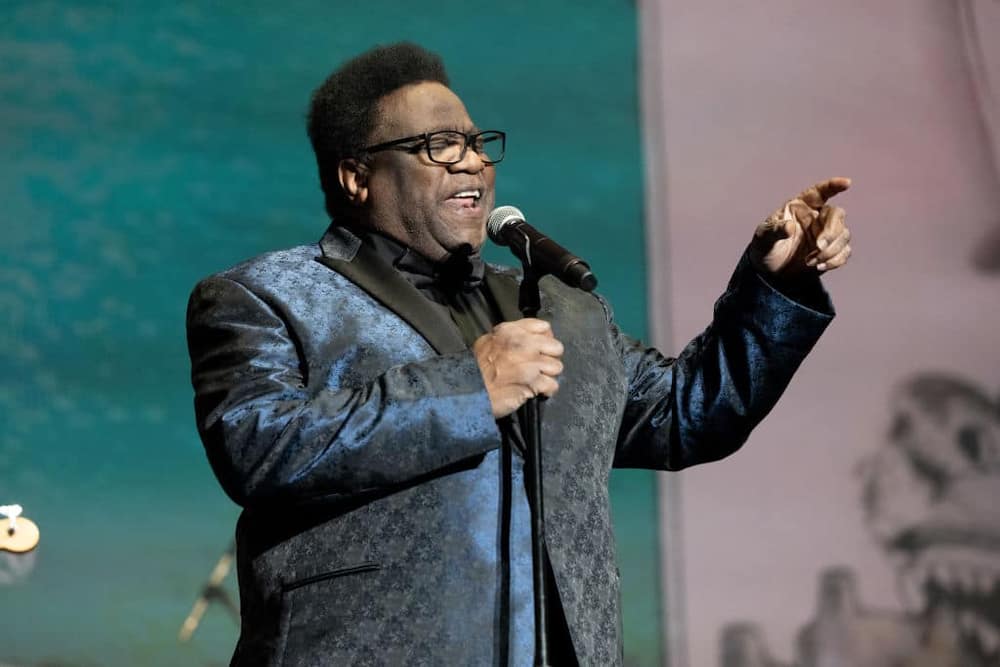
During his time with the Soul Mates, Green crossed paths with Memphis record producer Willie Mitchell. Impressed by Green's talent, Mitchell hired him in 1969 to be a vocalist for a Texas show with Mitchell's band. Following the successful performance, Mitchell invited Green to sign with his Hi Records label, marking a significant turning point in Green's career.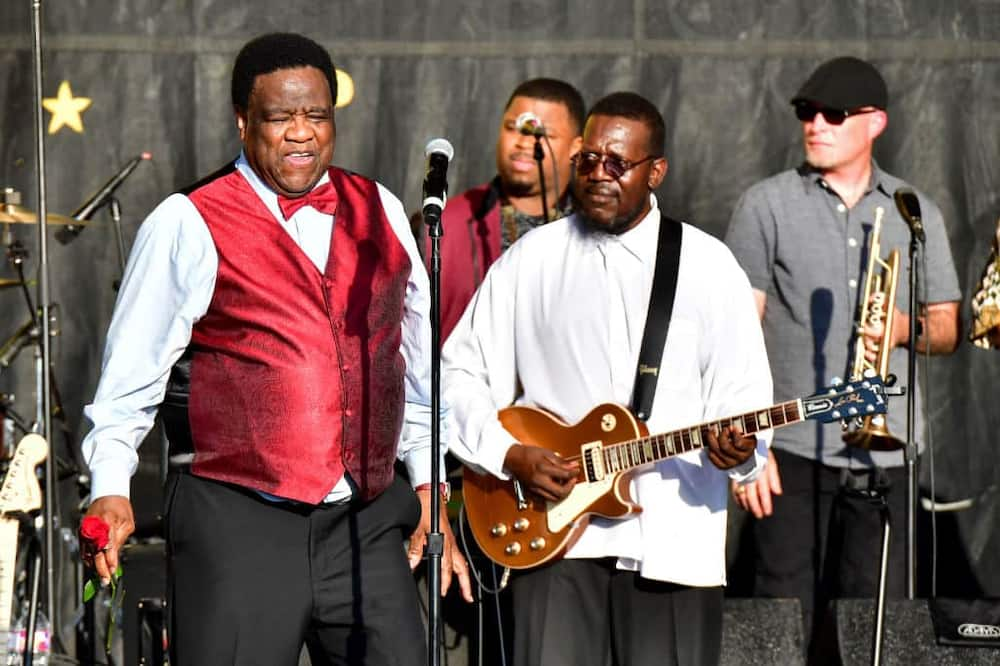
After observing that Al Green had been trying to emulate the styles of Jackie Wilson, Sam Cooke, Wilson Pickett, and James Brown, Willie Mitchell became Green's vocal mentor. Mitchell worked with Green to help him find his distinctive voice and encouraged him to develop his own style. Before releasing his first album with Hi Records, Green decided to drop the final "e" from his name.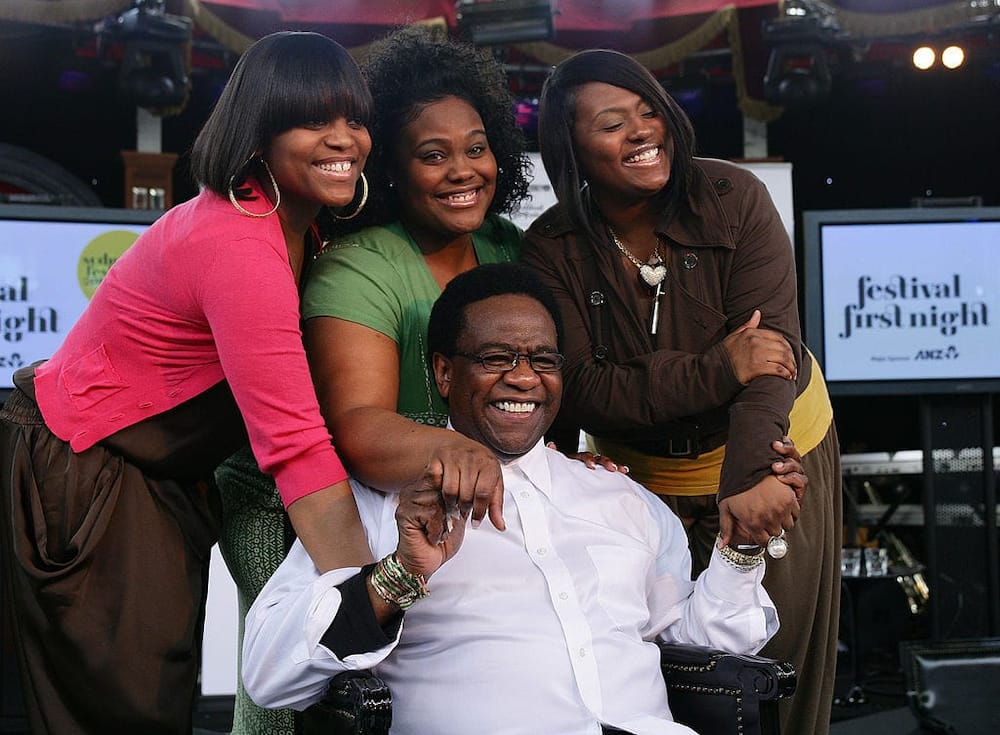
His debut album with Hi, titled "Green Is Blues," was released in 1969 and achieved moderate success. The follow-up album, "Al Green Gets Next to You" (1971), included a hit R&B cover of the Temptations' "I Can't Get Next to You," which was recorded in a slow blues-oriented style. The album also featured Green's first significant hit, "Tired of Being Alone." This single sold a million copies and received gold certification, marking the beginning of a string of eight gold singles that Green would release between 1971 and 1974.
Al Green's next album, "Let's Stay Together," released in January 1972, further solidified his standing in soul music. The title track became his biggest hit to date, reaching No. 1 on both the Billboard Hot 100 and R&B charts. The album earned the distinction of being his first to receive gold certification.
Following the success of "Let's Stay Together," Green continued his streak with the album "I'm Still in Love with You," released in October 1972. This album achieved platinum status, propelled by the success of the singles "Look What You Done for Me" and the title track, both of which reached the top 10 on the Hot 100.
His subsequent album, "Call Me," released in April 1973, also performed exceptionally well. It produced three top-10 singles: "You Ought to Be with Me," "Call Me (Come Back Home)," and "Here I Am (Come and Take Me)." Alongside these hit singles, Green had radio success with songs such as "Love and Happiness," his cover of the Bee Gees' "How Can You Mend a Broken Heart," "Simply Beautiful," "What a Wonderful Thing Love Is," and "Take Me to the River," a song later covered successfully by the new wave band Talking Heads and blues artist Syl Johnson.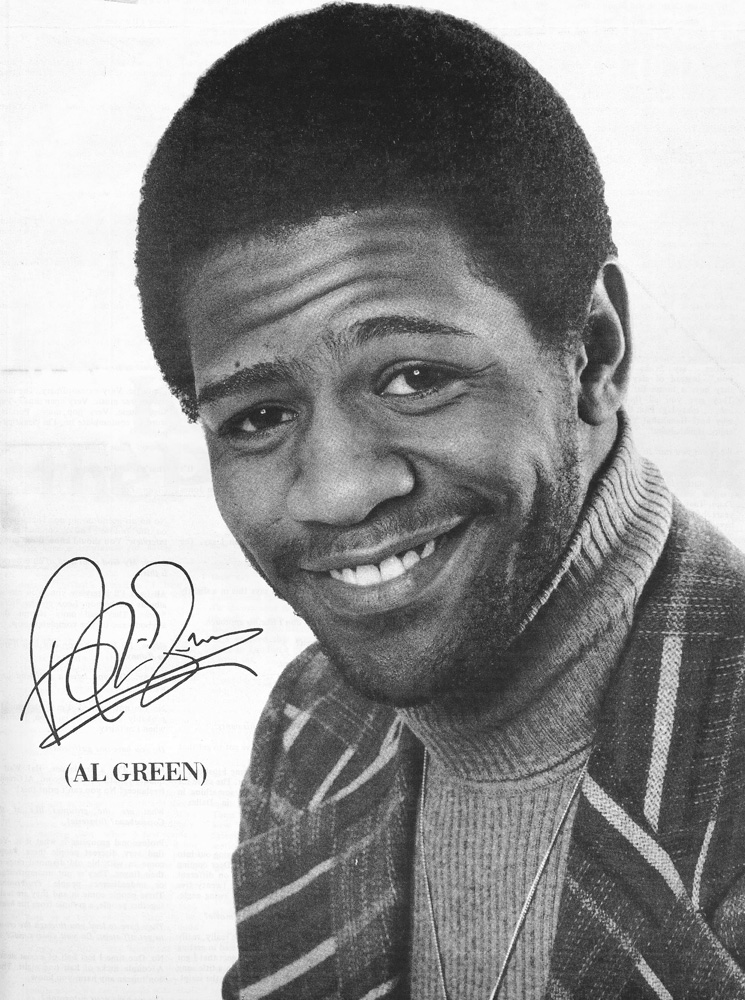
After a string of successful albums, Al Green's album "Livin' for You," released in December 1973, was also certified gold, adding to his impressive discography. In the subsequent years, he continued to produce successful R&B hits, including tracks like "Livin' for You," "Sha-La-La (Makes Me Happy)" from the album "Al Green Explores Your Mind," "Let's Get Married," "L-O-V-E (Love)," and "Full of Fire."
However, by the time Green released "The Belle Album" in 1977, his record sales experienced a significant decline. This downturn in success was attributed in part to Green's personal issues during this period and his growing desire to pursue a career as a minister. His last album with Hi Records, "Truth n' Time," was released in 1978 but failed to achieve commercial success.
In 1979, Al Green experienced a significant turning point in his life and career. After injuring himself by falling off the stage during a performance in Cincinnati, he interpreted the incident as a message from God. Following this event, he shifted his focus toward pastoring his church and gospel music. From 1981 to 1989, Green recorded a series of gospel albums.
Despite still being under contract with Hi Records, Green released the album "The Lord Will Make a Way" in 1980, marking the beginning of his association with the Christian label Myrrh Records. The title track from this album earned Green his first Grammy Award, winning in the Best Soul Gospel Performance category.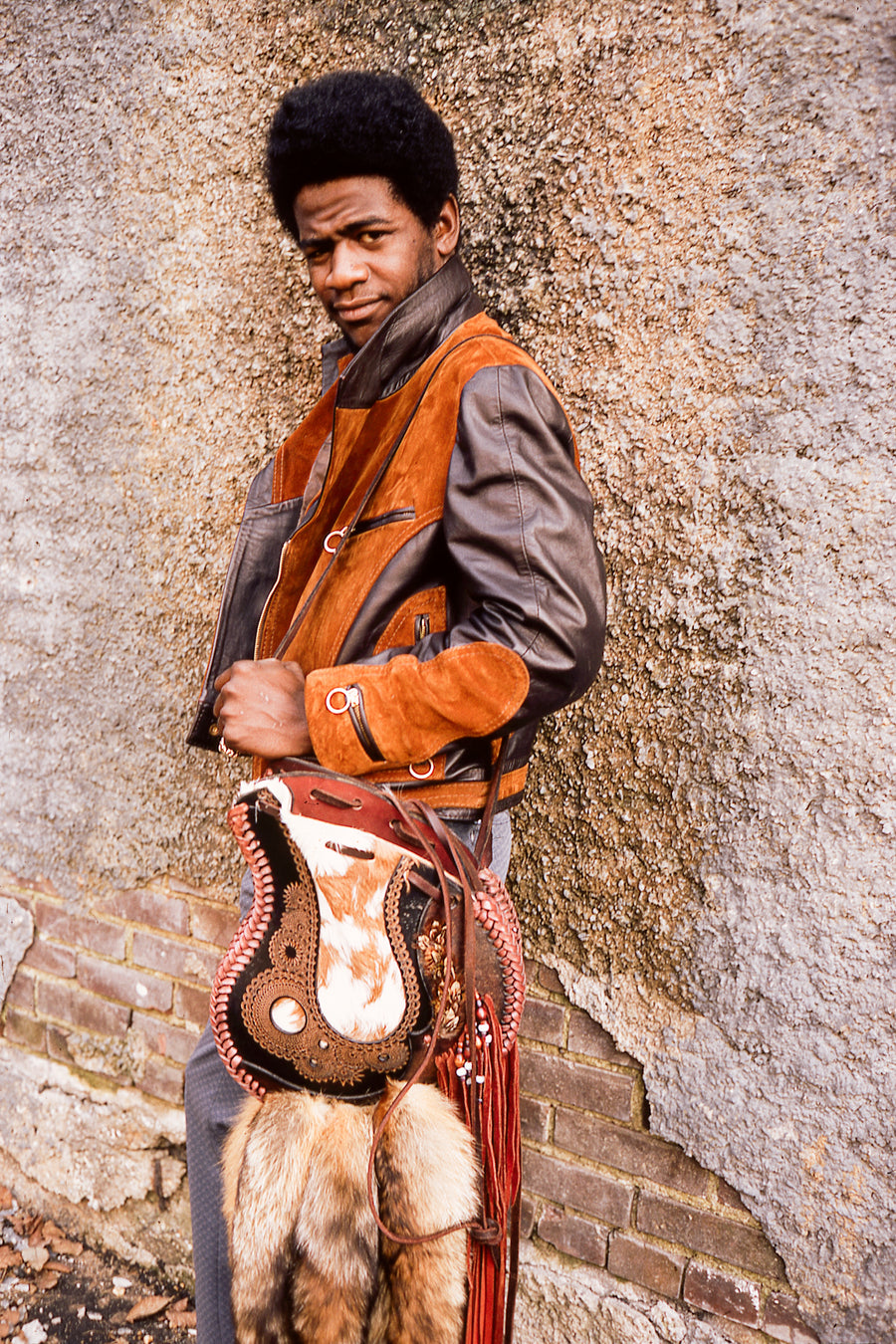
During this period, he also explored other ventures. In 1982, Green co-starred with Patti LaBelle in the Broadway play "Your Arms Too Short to Box with God." In 1984, a documentary film titled "Gospel According to Al Green," directed by Robert Mugge, was released. The film featured interviews about Green's life and included footage from his church.
In 1985, Green reunited with Willie Mitchell and Angelo Earl for "He Is the Light," his first album for A&M Records. His 1987 follow-up, "Soul Survivor," included the minor hit "Everything's Gonna Be Alright," reaching No. 22 on the Billboard R&B chart, marking his first top-40 R&B hit since "I Feel Good" in 1978.
In 2000, Al Green released his autobiography titled "Take Me to the River." Two years later, he received the Grammy Lifetime Achievement Award. In 2002, Green recorded a hit R&B duet with Ann Nesby titled "Put It On Paper." He reunited with Willie Mitchell in 2003 for the album "I Can't Stop." The following year, Green re-recorded his previous song "Simply Beautiful" with Queen Latifah on her album "The Dana Owens Album." In 2005, Green and Mitchell collaborated on "Everything's OK."
Green's 2008 album, "Lay It Down," marked a significant success, produced by Ahmir "Questlove" Thompson and James Poyser. It became Green's first album to reach the top 10 since the early 1970s. The album featured a minor R&B hit with the ballad "Stay with Me (By the Sea)," featuring John Legend, and included duets with Anthony Hamilton and Corinne Bailey Rae.
In 2009, Green recorded "People Get Ready" with Heather Headley for the album "Oh Happy Day: An All-Star Music Celebration." In 2010, he performed "Let's Stay Together" on "Later... with Jools Holland."
On September 13, 2018, Al Green released his first new recording in over ten years titled "Before the Next Teardrop Falls." The song, most famously recorded by Freddy Fender in 1975, was produced by Matt Ross-Spang and is part of Amazon Music's "Produced By" series.
References
- Erlewine, Stephen Thomas (n.d.). "Al Green". AllMusic. Retrieved July 6, 2021.
- ^ Himes, Geoffrey (December 23, 1992). "Recordings". The Washington Post. Retrieved July 6, 2021.
- a b "Al Green". Rock and Roll Hall of Fame.
- a b c d e f g Fountain, John W. (March 1, 1995). "Silent No Longer". Chicago Tribune. Archived from the original on June 1, 2013. Retrieved May 25, 2013.
- a b c Brunner, Rob (October 20, 2000). "Al Green's conversion". Entertainment Weekly. Retrieved October 26, 2015.
- ^ Bogdanov, Vladimir (2003). All Music Guide to Soul: The Definitive Guide to R&B and Soul. Hal Leonard Corporation. p. 285. ISBN 9780879307448. Retrieved April 18, 2014.
- a b Justin Timberlake. "The Immortals – The Greatest Artists of All Time: 65) Al Green". Rolling Stone Issue 946. Rolling Stone. Archived from the original on February 20, 2008. Retrieved April 28, 2021.
- ^ "The 200 Greatest Singers of All Time". Rolling Stone. January 1, 2023. Retrieved October 23, 2023.






































